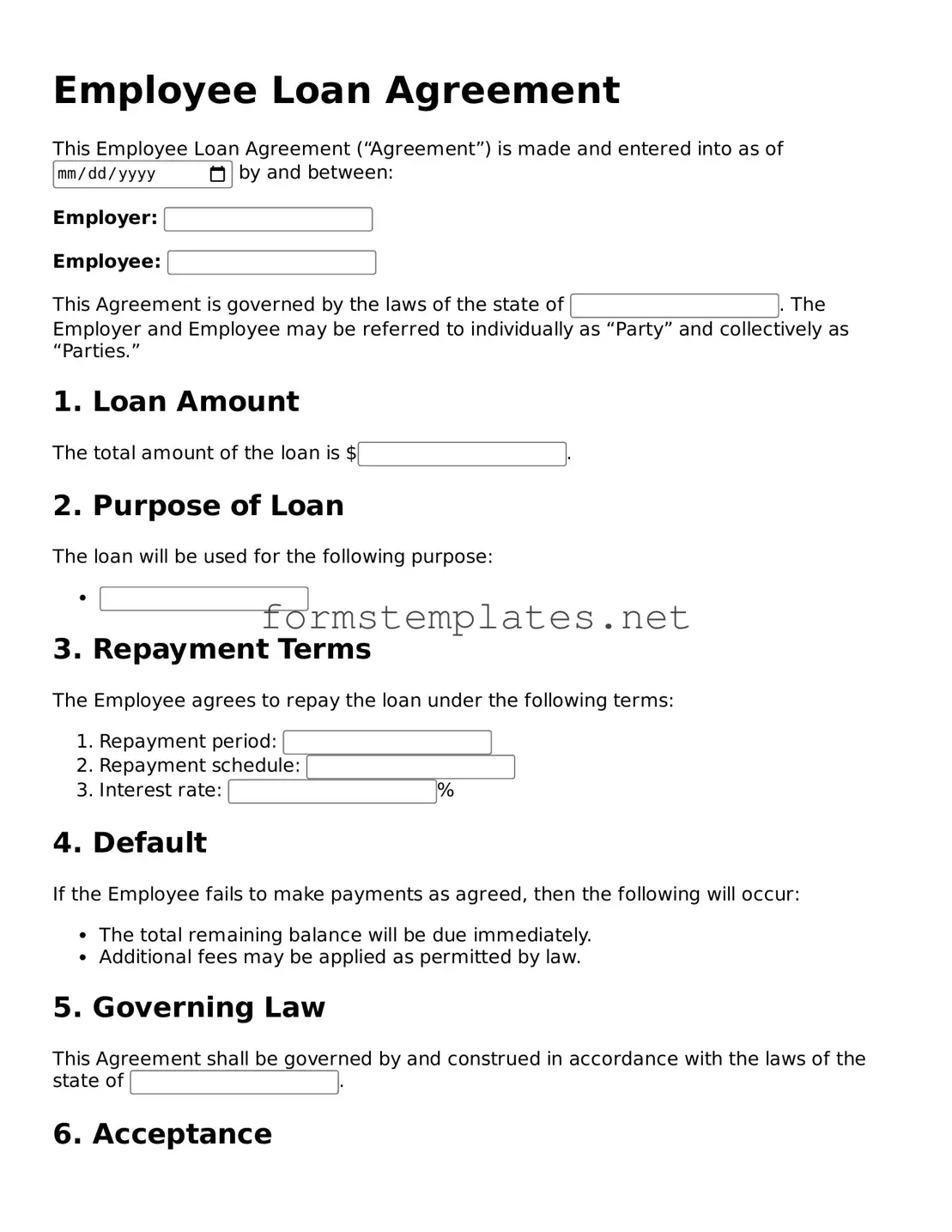Attorney-Verified Employee Loan Agreement Form
An Employee Loan Agreement is a formal document that outlines the terms and conditions under which an employer lends money to an employee. This agreement serves to protect both parties by detailing the loan amount, repayment schedule, and any applicable interest rates. Understanding this form is essential for ensuring clear communication and accountability in the employer-employee relationship.
Open Editor Now
